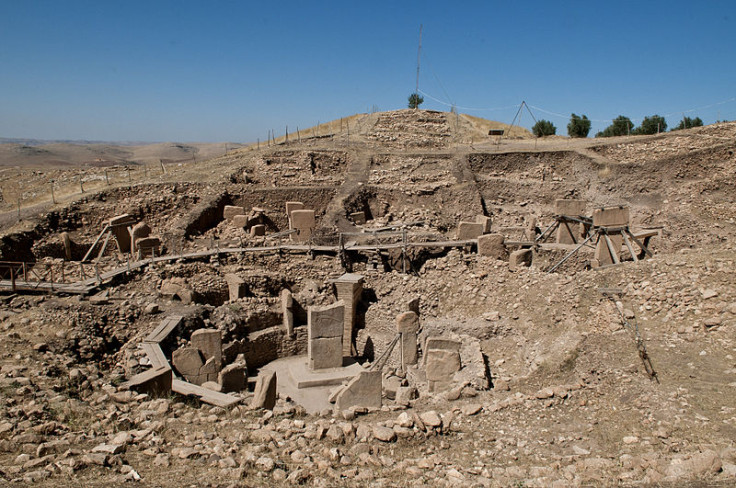Turkey: World's first temple at 12,000-year-old Gobekli Tepe to get facelift

The archaeological site of Göbekli Tepe, which dates back to 10000BC, in southeast Turkey may soon be restored under the country's programme to boost tourism. Turkey's Doguş Group, which is handling the promotion of the site, has said it plans to invest $15m (£10.5m) towards restoration of the ruins over the next 20 years.
The makeover project will be carried out in partnership with the National Geographic Society, the company said at the World Economic Forum on 20 January in Davos, Switzerland. The announcement was made during a session highlighting how recent archaeological discoveries are altering the understanding about the rise and fall of civilisations.
The revamping of Göbekli Tepe, home to the oldest temple structures ever discovered, is a hope for Turkey to lure back tourists scared away by the nearby Syrian conflict, the National Geographic reported. According to latest data provided by the Turkish Ministry of Culture and Tourism, the number of foreign tourists arriving in Turkey between January and November 2015 decreased by 1.36% compared to the same period of the previous year.
Göbekli Tepe is widely thought to be a religious place in the pre-pottery Neolithic Age, about 12,000 years ago from the present. First excavated in 1995 by a team of German archaeologists led by Klaus Schmidt, the site predates England's Stonehenge by 7,000 years, the Egyptian Pyramids by 7,500 years and the temples of Malta by 6,500 years.
Göbekli Tepe in the Anatolia region of Turkey has monument structures that were not thought to be within the capacities of hunter gatherers. The site consists of circular structures with an array of T-shaped pillars erected all along. The carved stones discovered at the site predate the invention of agriculture by prehistoric humans.
The findings at the site have backed claims by certain archaeologists that the beginning of civilisation led to the invention of farming and not the other way around, as is commonly thought, the report said.
The new partnership with the aid of the tourism ministry "is sure to shed new light on Gobekli Tepe's historical significance — not only for Turkey but for the world," said Terry Garcia, chief science and exploration officer for the National Geographic Society.
© Copyright IBTimes 2025. All rights reserved.






















